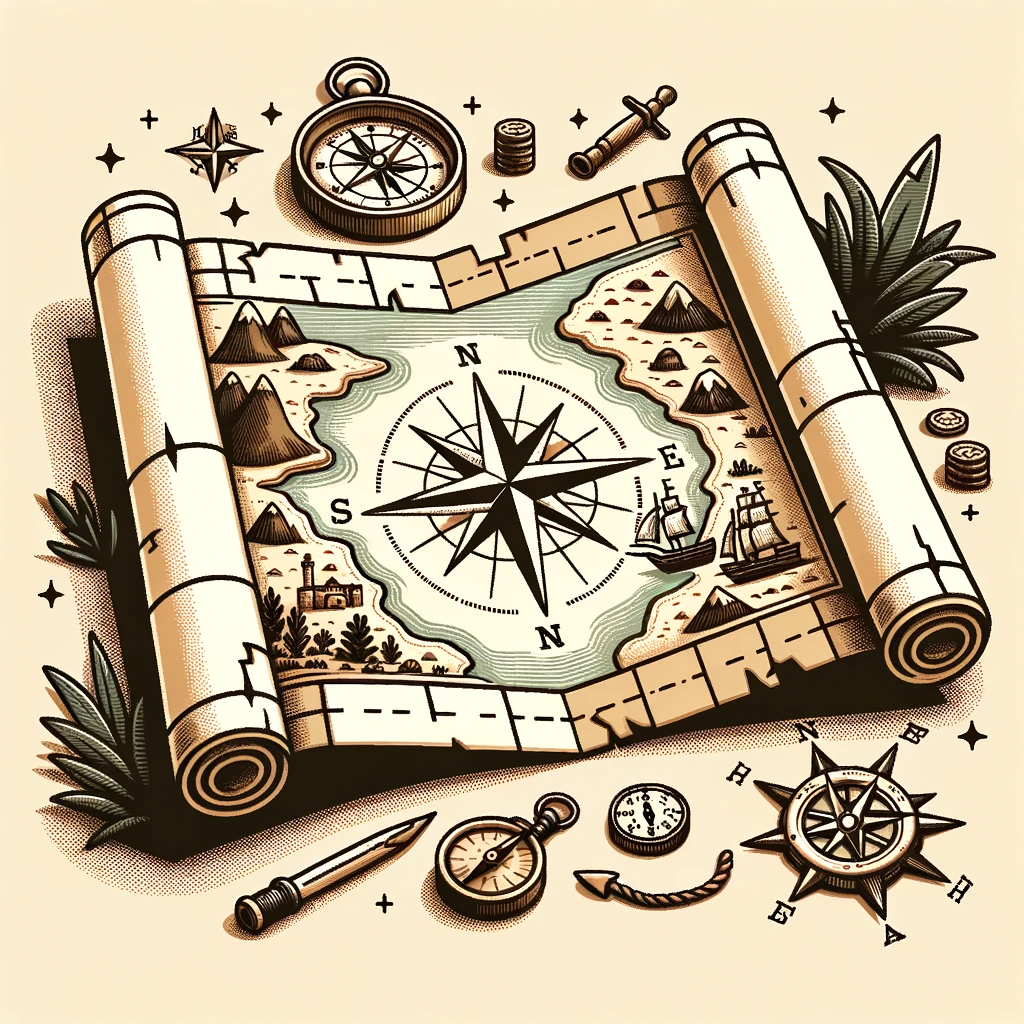The Art of Double Boiling: Crafting Delicacies with Precision
Ingredients:
- Chopped chocolate (150g / 5.3 oz)
- Eggs (2)
- Sugar (100g / 3.5 oz)
- Butter (50g / 1.8 oz)
Introduction
The double boiler, a quintessential piece of kitchen equipment, often flies under the radar until it is sorely needed for delicate culinary tasks. It is indispensable when melting chocolate, creating luscious custards, or gently cooking sauces that demand indirect, steady heat to avoid scorching. Predominantly used in professional kitchens, the double boiler’s magic lies in its ability to control temperature with precision, protecting your ingredients from direct heat exposure. In this blog post, we delve into the method of constructing a makeshift double boiler, exploring how to utilize it to perfect various recipes, and uncover its myriad culinary applications.
How to Make and Use a Double Boiler
Estimated Total Preparation Time: 15 minutes
Required Kitchen Equipment:
- Medium-sized saucepan
- Heatproof mixing bowl (glass or metal)
- Silicone spatula or wooden spoon
- Whisk
- Measuring cups and spoons
- Instant-read thermometer (optional for precision)
Instructions:
- Fill the medium-sized saucepan with about 2 inches (5 cm) of water. It’s important that the water does not touch the bottom of the mixing bowl when placed on top.
- Place the saucepan over medium heat and bring the water to a simmer. Reduce the heat to maintain a gentle simmer, not a vigorous boil, which could lead to water splashing into the bowl.
- Set the heatproof mixing bowl on top of the saucepan. Ensure it fits snugly without touching the simmering water.
- Add the ingredients meant for the double boiler into the mixing bowl.
- Stirring occasionally with a silicone spatula or wooden spoon, melt or cook the contents gently. Use a whisk for custards or emulsified sauces to maintain consistency.
- Monitor the temperature using an instant-read thermometer if precision is required, such as when working with certain confections or egg-based dishes.
- Once the ingredients have reached the desired consistency or temperature, carefully remove the bowl from the heat to prevent overcooking.
Applications of a Double Boiler
Melting Chocolate: Using a double boiler is the preferred method for smoothly melting chocolate. Add chopped chocolate to the mixing bowl and stir frequently as it melts. This method prevents the chocolate from seizing—a common issue when it’s exposed to direct heat.
Cooking Custards and Sauces: For perfect custards or hollandaise sauce, the double boiler facilitates gentle, controlled heat. This ensures that eggs within these recipes don’t curdle, maintaining a creamy consistency.
Meringues and Zabaglione: For recipes like meringues and the Italian dessert Zabaglione, which require building volume without direct heat, the double boiler ensures slow and stable heating—creating a stable and fluffy texture.
Conclusion
Mastering the use of a double boiler opens up a realm of culinary possibilities where precision and patience rule. It brings to the home kitchen an approach used by professionals to create delicacies with finesse. From melting chocolate to crafting the perfect custard, the double boiler is not just a method but a technique that transcends time, preserving the art of gentle cooking. Equip your culinary toolkit with this method, and discover a seamless blend of flavors bound by careful heat.
Note: If you don’t have a dedicated double boiler, a makeshift version with your existing cookware works wonders. Always ensure the bowl fits snugly over the pot without water contact to prevent undesirable results.


 Afrikaans
Afrikaans Shqip
Shqip አማርኛ
አማርኛ العربية
العربية Հայերեն
Հայերեն Azərbaycan dili
Azərbaycan dili Euskara
Euskara Беларуская мова
Беларуская мова বাংলা
বাংলা Bosanski
Bosanski Български
Български Català
Català Cebuano
Cebuano Chichewa
Chichewa 简体中文
简体中文 繁體中文
繁體中文 Corsu
Corsu Hrvatski
Hrvatski Čeština
Čeština Dansk
Dansk Nederlands
Nederlands English
English Esperanto
Esperanto Eesti
Eesti Filipino
Filipino Suomi
Suomi Français
Français Frysk
Frysk Galego
Galego ქართული
ქართული Deutsch
Deutsch Ελληνικά
Ελληνικά ગુજરાતી
ગુજરાતી Kreyol ayisyen
Kreyol ayisyen Harshen Hausa
Harshen Hausa Ōlelo Hawaiʻi
Ōlelo Hawaiʻi עִבְרִית
עִבְרִית हिन्दी
हिन्दी Hmong
Hmong Magyar
Magyar Íslenska
Íslenska Igbo
Igbo Bahasa Indonesia
Bahasa Indonesia Gaeilge
Gaeilge Italiano
Italiano 日本語
日本語 Basa Jawa
Basa Jawa ಕನ್ನಡ
ಕನ್ನಡ Қазақ тілі
Қазақ тілі ភាសាខ្មែរ
ភាសាខ្មែរ 한국어
한국어 كوردی
كوردی Кыргызча
Кыргызча ພາສາລາວ
ພາສາລາວ Latin
Latin Latviešu valoda
Latviešu valoda Lietuvių kalba
Lietuvių kalba Lëtzebuergesch
Lëtzebuergesch Македонски јазик
Македонски јазик Malagasy
Malagasy Bahasa Melayu
Bahasa Melayu മലയാളം
മലയാളം Maltese
Maltese Te Reo Māori
Te Reo Māori मराठी
मराठी Монгол
Монгол ဗမာစာ
ဗမာစာ नेपाली
नेपाली Norsk bokmål
Norsk bokmål پښتو
پښتو فارسی
فارسی Polski
Polski Português
Português ਪੰਜਾਬੀ
ਪੰਜਾਬੀ Română
Română Русский
Русский Samoan
Samoan Gàidhlig
Gàidhlig Српски језик
Српски језик Sesotho
Sesotho Shona
Shona سنڌي
سنڌي සිංහල
සිංහල Slovenčina
Slovenčina Slovenščina
Slovenščina Afsoomaali
Afsoomaali Español
Español Basa Sunda
Basa Sunda Kiswahili
Kiswahili Svenska
Svenska Тоҷикӣ
Тоҷикӣ தமிழ்
தமிழ் తెలుగు
తెలుగు ไทย
ไทย Türkçe
Türkçe Українська
Українська اردو
اردو O‘zbekcha
O‘zbekcha Tiếng Việt
Tiếng Việt Cymraeg
Cymraeg isiXhosa
isiXhosa יידיש
יידיש Yorùbá
Yorùbá Zulu
Zulu

